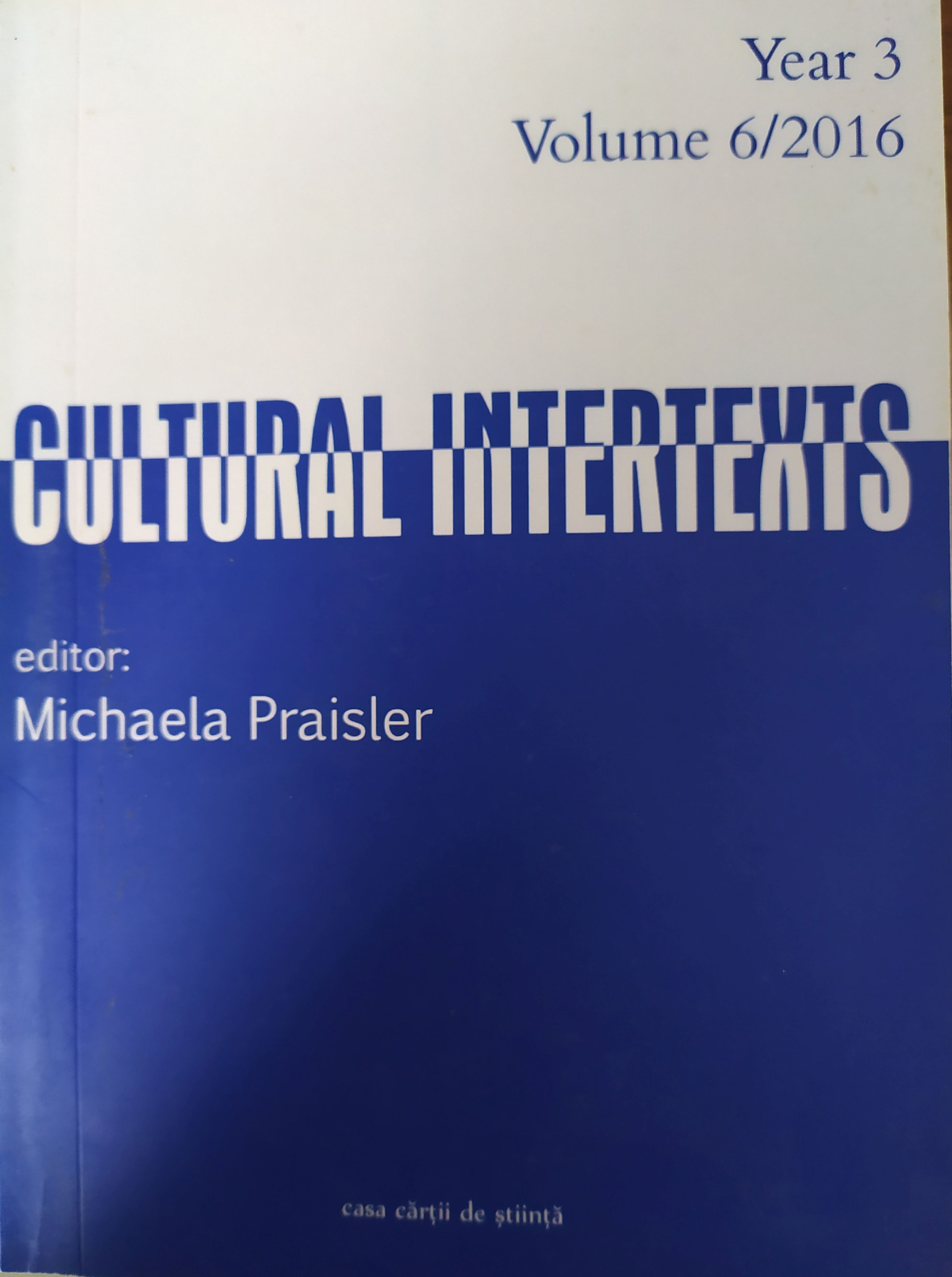The Father's Image in Julia Kavanagh's Queen Mab
The Father's Image in Julia Kavanagh's Queen Mab
Author(s): Alina PintiliiSubject(s): Gender Studies, Studies of Literature, 19th Century, Theory of Literature
Published by: Editura Casa Cărții de Știință
Keywords: Victorian father; parental absenteeism; fond fatherhood; stereotypes; prototypes;
Summary/Abstract: Recent research on the Victorian father concentrates on dismantling the ―stern father‖ stereotype, proving that nineteenth-century men were more concerned with their children than formerly thought. The unfavourable modern views on this subject can be traced back to the image of the father as a tyrannical patriarch that was traditional during the first half of the nineteenth century; and that was gradually replaced by another negative stereotype – that of the absent father, as a result of numerous changes which undermined the paternal role. In reality, however, fathering largely depended on context, and therefore it could not be ascribed to any clichéd or prototypical image. In terms of their representations of fatherhood, nineteenth-century novels are varied; while part of them reinforce the stern Victorian father stereotype, others challenge it by providing examples of paternal absenteeism or of other, even positive, images. Of the latter category is Julia Kavanagh‘s Queen Mab, which depicts John Ford primarily as an absent father with regard to his own sons, who still retains some traits characteristic of the authoritarian parent, and, additionally, as a fond father to the adopted child. The aim of this paper is to outline the artistic means and devices employed in the novel to create such a complex and original portrait of the Victorian father. With this purpose in view, special attention is paid to the way the character under study and his relationships with his children are drawn.
Journal: Cultural Intertexts
- Issue Year: 3/2016
- Issue No: 06
- Page Range: 124-136
- Page Count: 13
- Language: English

